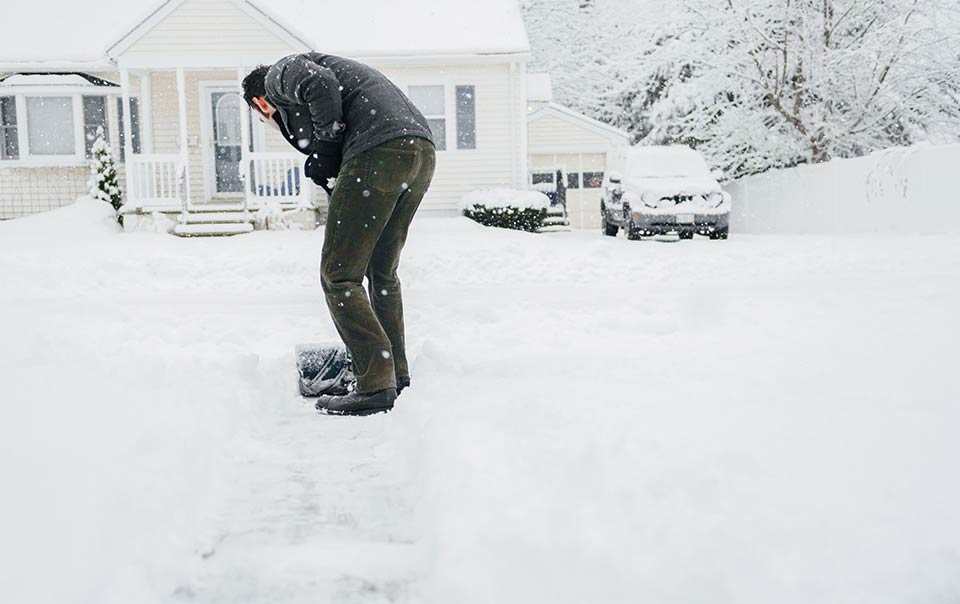While economical, declining insurance coverage when renting
a car may not always be the best choice.
Thinking of renting a car? Whether you settle on the compact or splurge for the SUV,
you may have a more important decision to make before you get to the counter:
whether to purchase rental car insurance.
It’s a difficult decision, given the fact that you may already
be covered through your existing car insurance or your credit card. Rental car insurance, also known as optional vehicle protection
or loss-damage waiver can cost as much as $22 per day and shifts liability for
collision damage from the person renting the car back to the car rental company.
It will generally kick in if the car is vandalized or stolen as well. The other “accept or decline” decision involves liability
insurance, which usually provides protection for up to $1 million and costs
about $10 a day over the rental charge. Most major credit card providers offer rental insurance to
cardholders, but often they only make it available to higher-level members, so
check with your credit card company first. Even then, credit cards usually cover damage to loss or the
rented vehicle, not for other cars, persons, or property.
Generally your existing auto insurance will cover you when
your rent a car, provided you are using it for recreation and not for business.
In other words, running about town shouldn't be a problem, but renting a
vehicle that helps you earn a living might be. The type of vehicle you rent will also affect your coverage.
If you’re renting a cargo van to move someone back to school, for instance, or
picking up supplies for the garden, it’s unlikely that your personal or credit
card policy will cover you. If your existing car insurance policy includes collision and
comprehensive coverage, then this should also cover the rental as well, but
only within the limits of your current
coverage. If you have dropped comprehensive or collision coverage from
your insurance on your older car, you would be exposed if your rental car is
stolen or damaged in an accident.
During an accident on a rental, there are a couple things to
keep in mind:
·
Your insurance coverage deductible applies to
the rental like if it was your own vehicle. You are responsible for the deductible amount
so consider is the “per day” cost of the rental coverage is going to amount
more than your deductible.
·
You’re exposed if you are renting a vehicle
while your insured vehicle is also on the road.
·
Keep in mind your own coverage limitations because
they will transfer to the rental vehicle as well.
·
When driving across the border, as yourself if
your coverage extends across with you.
By accepting the rental coverage at the counter, you avoid
all of this. Your insurance company won’t generally be notified since it’s
actually not involved in your accident on the rental.
 Snow shoveling can lead to a number of health risks for many people, from back injuries to heart attacks. The mix of cold temperatures and physical exertion increases the workload on the heart,¹ which may increase the risk of a heart attack for some. According to the American Heart Association, even walking through heavy, wet snow can place strain on your heart.
Snow shoveling can lead to a number of health risks for many people, from back injuries to heart attacks. The mix of cold temperatures and physical exertion increases the workload on the heart,¹ which may increase the risk of a heart attack for some. According to the American Heart Association, even walking through heavy, wet snow can place strain on your heart.